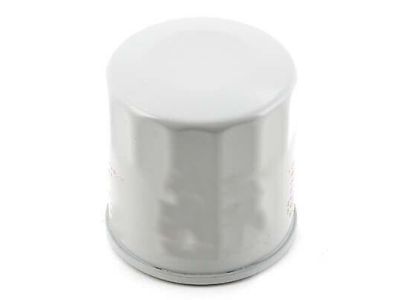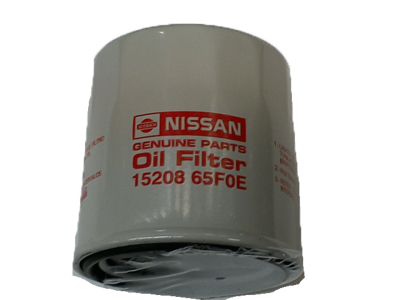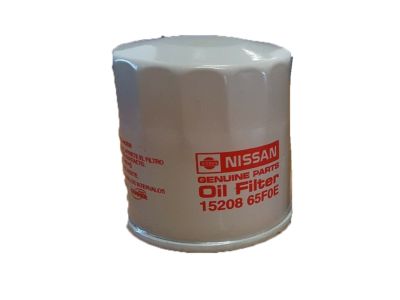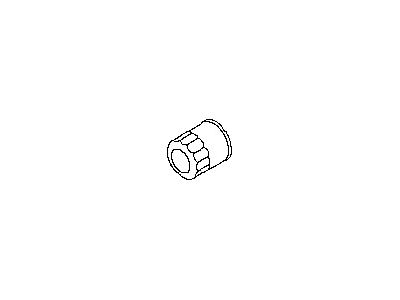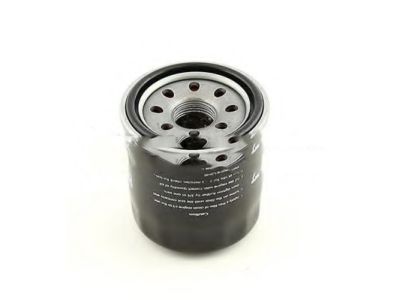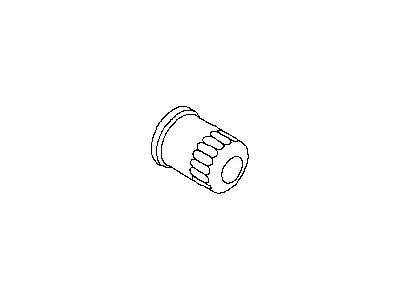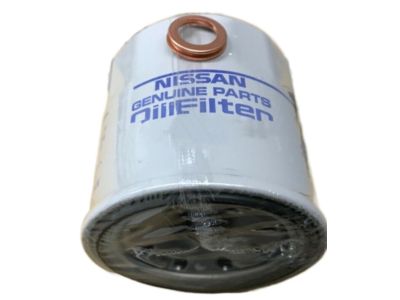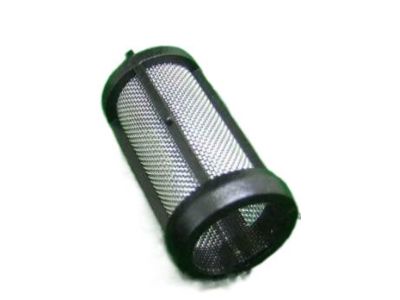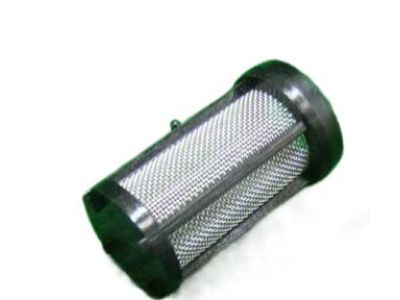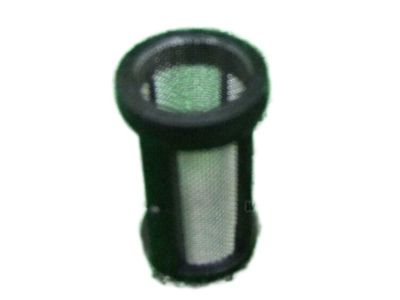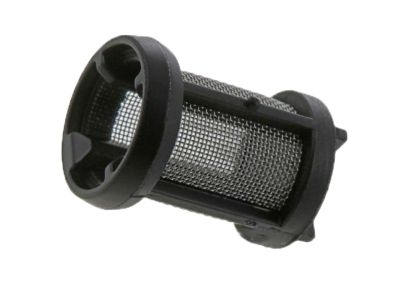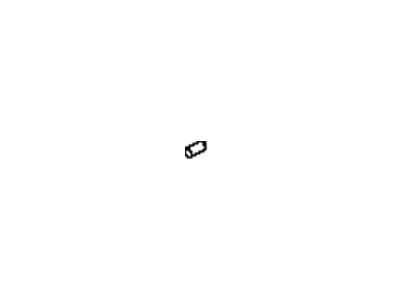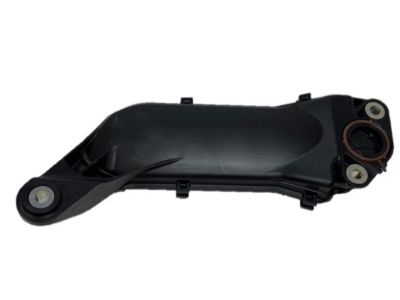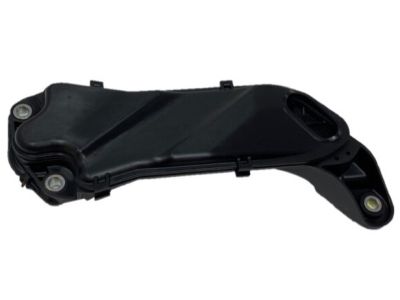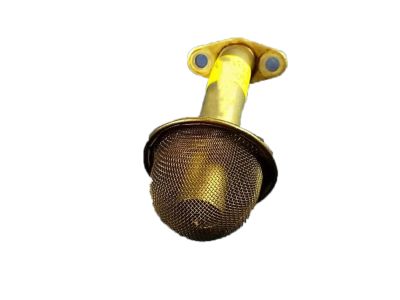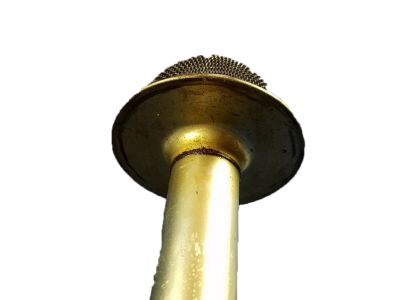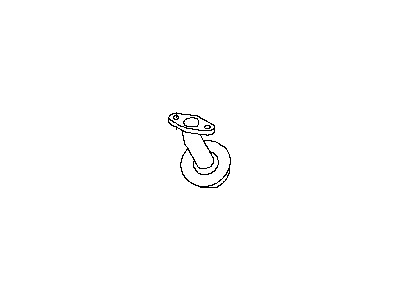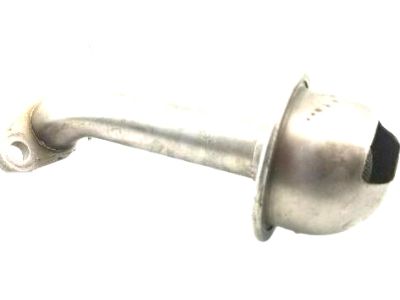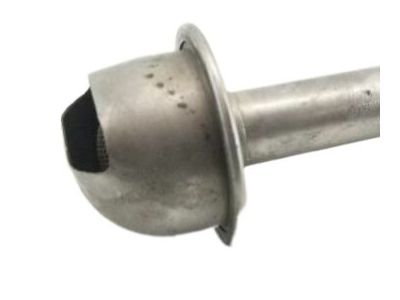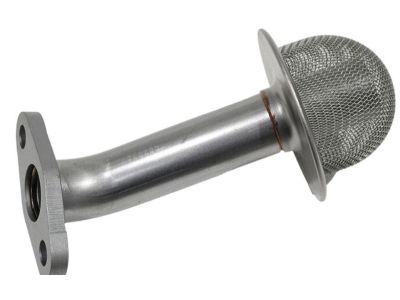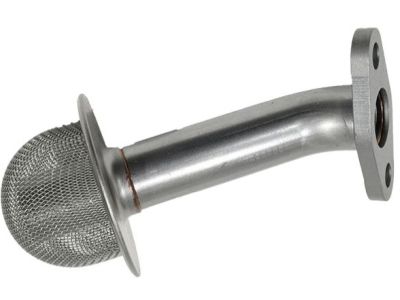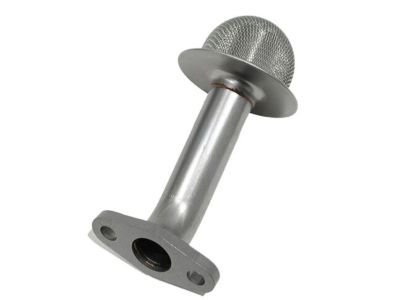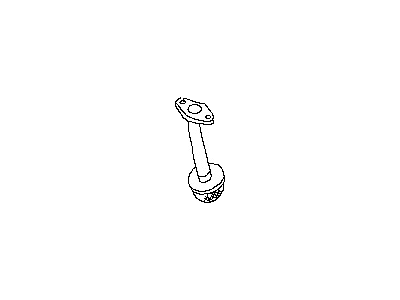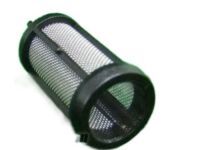×
- Hello
- Login or Register
- Quick Links
- Live Chat
- Track Order
- Parts Availability
- RMA
- Help Center
- Contact Us
- Shop for
- Nissan Parts
- Nissan Accessories

My Garage
My Account
Cart
Genuine Nissan Murano Oil Filter
Engine Oil filter- Select Vehicle by Model
- Select Vehicle by VIN
Select Vehicle by Model
orMake
Model
Year
Select Vehicle by VIN
For the most accurate results, select vehicle by your VIN (Vehicle Identification Number).
10 Oil Filters found

Nissan Murano Oil Filter Assembly
Part Number: 15208-65F0E$6.55 MSRP: $9.48You Save: $2.93 (31%)Ships in 1-2 Business Days
Nissan Murano Oil Filter Assembly
Part Number: 15208-65F00$6.55 MSRP: $9.48You Save: $2.93 (31%)Ships in 1-3 Business Days
Nissan Murano Oil Filter Assembly
Part Number: 15208-65F0D$6.55 MSRP: $9.48You Save: $2.93 (31%)Ships in 1-2 Business Days
Nissan Murano Oil Filter Assembly
Part Number: 15208-65F0B$6.55 MSRP: $9.48You Save: $2.93 (31%)Ships in 1-2 Business Days
Nissan Murano Oil Filter Assembly
Part Number: 15200-AR000$27.70 MSRP: $38.18You Save: $10.48 (28%)Ships in 1-3 Business Days
Nissan Murano Oil Filter Assembly
Part Number: 15200-3TA0A$12.79 MSRP: $17.63You Save: $4.84 (28%)Ships in 1-3 Business Days
Nissan Murano Oil Strainer Assembly
Part Number: 15050-3TA0A$59.44 MSRP: $83.95You Save: $24.51 (30%)Ships in 1-3 Business Days
Nissan Murano Oil Strainer Assembly
Part Number: 15050-JA10A$47.74 MSRP: $65.82You Save: $18.08 (28%)Ships in 1-3 Business Days
Nissan Murano Oil Strainer Assembly
Part Number: 15050-31U00$63.70 MSRP: $89.97You Save: $26.27 (30%)Ships in 1-3 Business Days
Nissan Murano Oil Strainer Assembly
Part Number: 15050-31U0A$63.70 MSRP: $89.97You Save: $26.27 (30%)Ships in 1-3 Business Days
Nissan Murano Oil Filter
If you need any OEM Nissan Murano Oil Filter, feel free to choose them out of our huge selection of genuine Nissan Murano Oil Filter. All our parts are offered at unbeatable prices and are supported by the manufacturer's warranty. In addition, we offer quick shipping to have your parts delivered to your door step in a matter of days.
Nissan Murano Oil Filter Parts Questions & Experts Answers
- Q: Why are frequent oil and Oil Filter changes essential for preventive maintenance on Nissan Murano?A:Other forms of general periodic servicing include regular oil change, which is procedural since changed oil degrades and gets diluted, increasing the rate of wear of the engine. Make sure that you have all the equipment you will need as well as adequate amount of paper, rags or newspapers for cleaning up wipe mix-ups. Leave it on a flat surface, switch on accessories so that the engine gets warmed up and then switch off the engine. Lift the car with jackstands and drain the oil into a container with placing the drain plug; remove the plug with the correct wrench avoiding contact with hot parts of the exhaust system. Let the old oil fall to the floor, to observe it for the presence of metal particles, and clean the drain plug before replacing it and tightening it to the necessary degree of torque. Place the drain pan directly below the oil filter and then unscrew it with a filter wrench anti-clockwise then.Base the drain pan beneath the oil filter, remove the filter with the help of a filter wrench and while doing it be prepared not to spill any oil. Remove the oil filter mounting surface and examine if there is any trace of the old gasket; examine the old filter next to the new one. Coat the gasket of the new filter with the engine oil and fit it into its seating, without the use of a wrench. After discontinuing the use of tools and rags, lower the vehicle and pour more new oil using funnel to minimize leakage and check on the dip stick. Turn the engine on, and look for oil leakages especially at the oil pan drain plug and filter whereby they should be tightened if they are loose. After 5 minutes touch the oil level again and add more oil if the level has reduced. Check for leakage and oil level few travels after the change of the oil. Make sure that the used oil is properly discarded and that it is removed only in an appropriate container to a recycling center, and never just poured onto the ground or drain.
Related Nissan Murano Parts
Browse by Year
2024 Oil Filter 2023 Oil Filter 2022 Oil Filter 2021 Oil Filter 2020 Oil Filter 2019 Oil Filter 2018 Oil Filter 2017 Oil Filter 2016 Oil Filter 2015 Oil Filter 2014 Oil Filter 2013 Oil Filter 2012 Oil Filter 2011 Oil Filter 2010 Oil Filter 2009 Oil Filter 2008 Oil Filter 2007 Oil Filter 2006 Oil Filter 2005 Oil Filter 2004 Oil Filter 2003 Oil Filter
